Explore phoneme manipulation with your students by creating new words by changing phonemes with this phoneme manipulation game.
Manipulating Phonemes to Make New Words
Manipulating phonemes is a crucial phonological awareness skill. It tells us that changing even one sound can give us an entirely different word, cueing readers into the sounds needed to form the word, as well as each phoneme’s relationship to one another.
In other words, manipulating phonemes is a skill that will become wildly important for reading and building a broader vocabulary. In this game, students will choose cards and create new words by changing the specified phoneme. They will then find the new words on the game board to connect four in a row.
Provide players with a set of manipulatives (counters, mini erasers, cubes, bears). Choose a card and identify the new word. Find the new word on the game board and cover it up. Connect four squares in a row to win! When the cards run out, mix them up and start again.
More Phoneme Substitution Activities
This resource can be used for individualized practice, especially if you’ve got fast finishers. You can also use this game to create additional learning opportunities like group activities, lesson reviews, comprehension assessments, and more.
Invite students to use a letter sound visual reminder, like an alphabet display or anchor chart. You can also use fewer cards at a time to reduce overwhelm.
- Scoot Activity – Place all 30 phoneme cards around the room. Ask students to stand up with a blank sheet of paper numbered 1-30 to use as a recording sheet. Assign one card to each student (or pair) to start, having them rotate through each card to write the new word on their recording sheet. Note: We suggest printing a second set of cards for this activity that you can number.
- Show Me! Give each student a mini dry-erase board and a dry-erase marker. Project a phoneme manipulation card on the screen and have your students write the new word on their board. When everyone has written down their answers, say, “Show Me.” Students will flip their boards, allowing you to see who needs extra support with this skill.
Easily Prepare This Phoneme Substitution Activity for Your Students
Print this phoneme substitution activity on cardstock for added durability and longevity. Place all pieces in a folder or large envelope for easy access.
Use the drop-down icon on the Download button to choose between the PDF or Google Slides version of this resource.
This resource was created by Lindsey Phillips, a teacher in Michigan and a Teach Starter Collaborator.
Don’t Go Just Yet – More Ways to Practice Phoneme Manipulation
Why stop there? We’ve got lots more phoneme manipulation games to get your students excited about reading!
[resource:4243994] [resource:4700787] [resource:4686647]


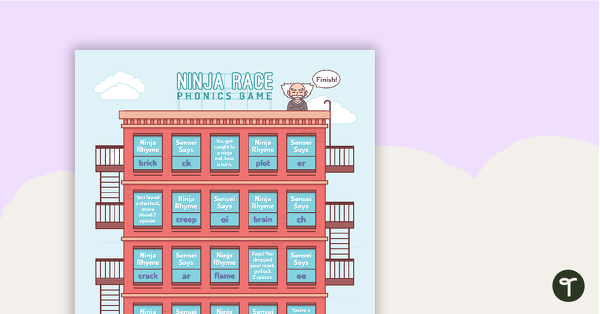

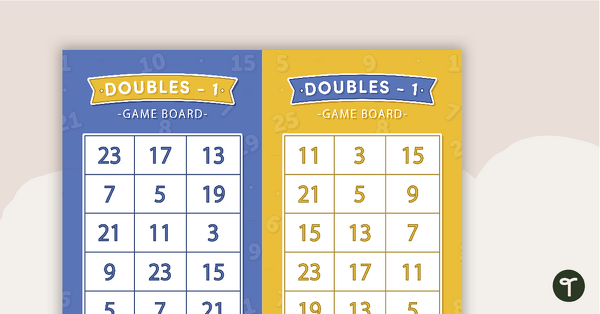
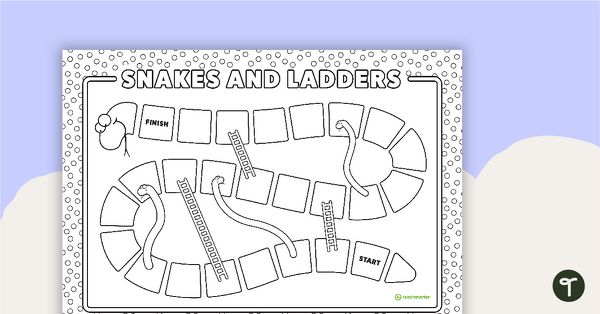
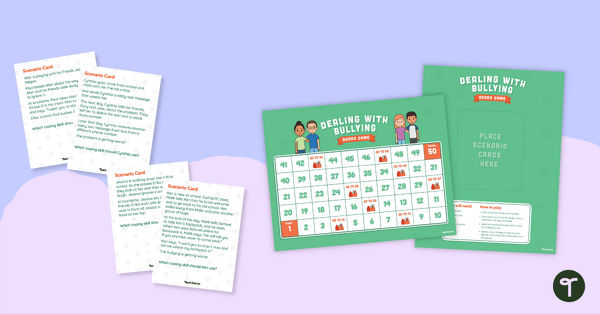
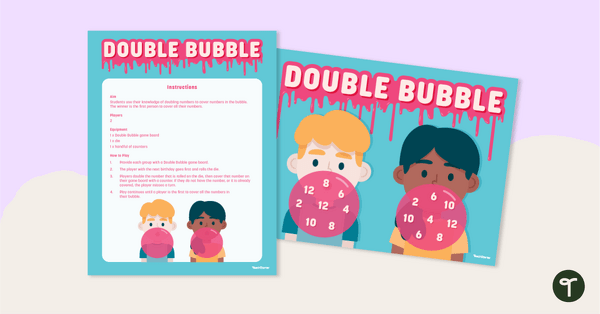

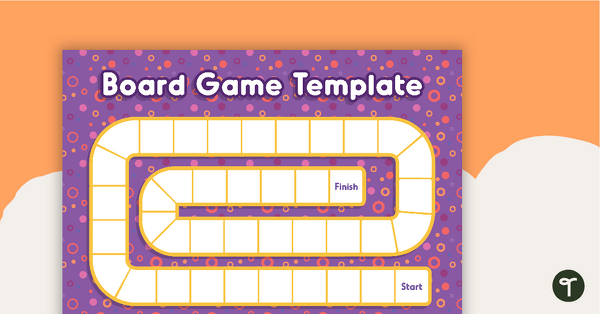

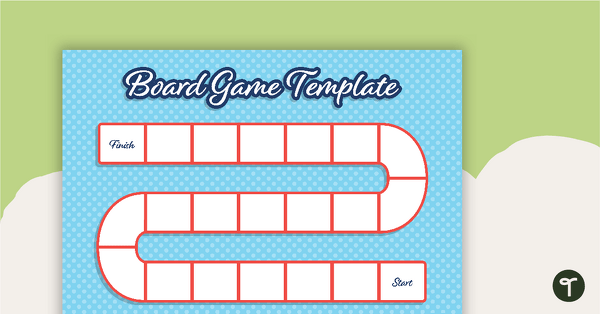
0 Comments
Write a review to help other teachers and parents like yourself. If you'd like to request a change to this resource, or report an error, select the corresponding tab above.